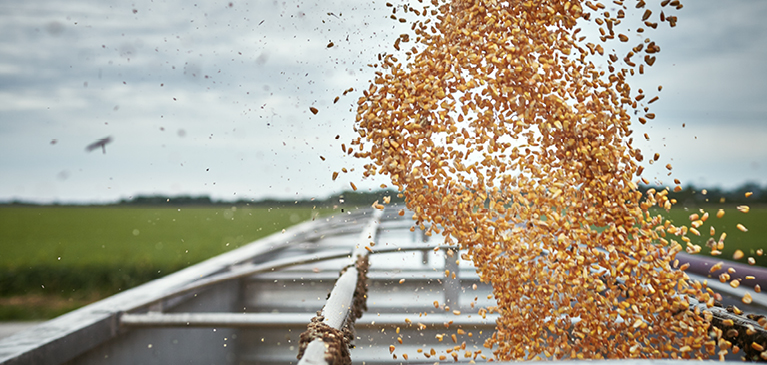

Recently, I lectured at TEPAP (The Executive Program for Agricultural Producers) hosted by Texas A&M University. The participants were from over 30 states and Canada, Mexico and Australia. The diversity of the group really added to the energy of the overall experience.
First, in defense of the regulators (state and federal), their primary task is to maintain a sound and sustainable banking system. This is quite a task; in this role, these individuals must keep a keen eye on economic cycles and trends in an industry. Of course, agriculture is in the middle of an extended downturn, or what I call the “grinder.”
Largely because of the current economic cycle, oversight and scrutiny are intensifying as regulators examine the quality of the portfolio and individual accounts. While this may seem like they are telling an institution what to do, it is actually a proactive approach that is frequently needed to head off issues. More specifically, regulators are closely watching the concentration of debt by amount and by industry. In agriculture, nearly 60 percent of debt is carried by approximately 10 percent of producers.
Next, regulators are carefully watching the restructuring and refinancing strategies, particularly on losses that are converted into long-term debt of 20 to 30 years. For others, regulators are scrutinizing the quality of financials, or the recovery plan for the operations.
As a follow up, this participant also asked, “What should farmers be doing to prepare?” Just as regulators are being proactive to protect the credit system, producers need to be proactive to protect and maximize their financial flexibility. Quality financial statements, an updated balance sheet and an accrual-adjusted income statement backed by tax statements are each necessary documents producers should prepare for lenders and subsequently, regulators. Larger businesses may be required to provide audited financial statements or quality reviewed statements. However, it is extremely important that someone in the business (if not the owner) understands the financial statements.
Producers should also develop a projected cash flow with various scenarios. These scenarios should reflect industry dynamics as well as specific, corresponding business strategies. Scenario testing should include variations in production, cost, interest rates and market prices.
Finally, a good old-fashioned business plan will set one ahead of the pack with the regulators. This should include a plan for operations, and an executed marketing and risk management plan.
These highlighted items are good preparation for a regulator’s scrutiny, and they are also helpful for the lender in presenting your case to external and internal reviewers. Of course, these practices and plans can be a large benefit to a business as well. Credit is tightening, but these basics can help producers develop their case for financing.
Dr. Kohl is Professor Emeritus of Agricultural Finance and Small Business Management and Entrepreneurship in the Department of Agricultural and Applied Economics at Virginia Polytechnic Institute and State University. Dr. Kohl has traveled over 8 million miles throughout his professional career and has conducted more than 6,000 workshops and seminars for agricultural groups such as bankers, Farm Credit, FSA, and regulators, as well as producer and agribusiness groups. He has published four books and over 1,300 articles on financial and business-related topics in journals, extension, and other popular publications.


